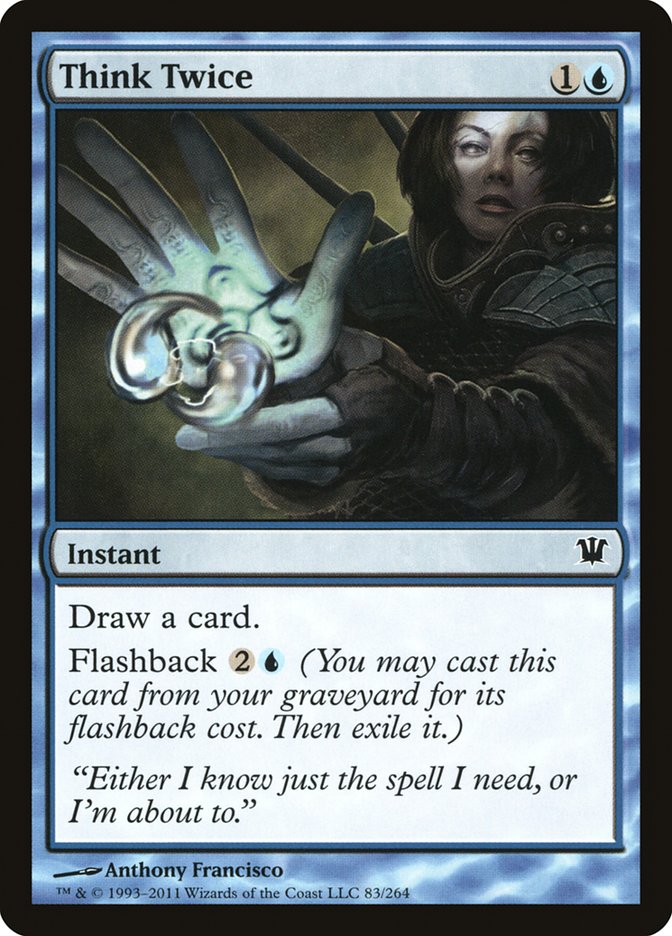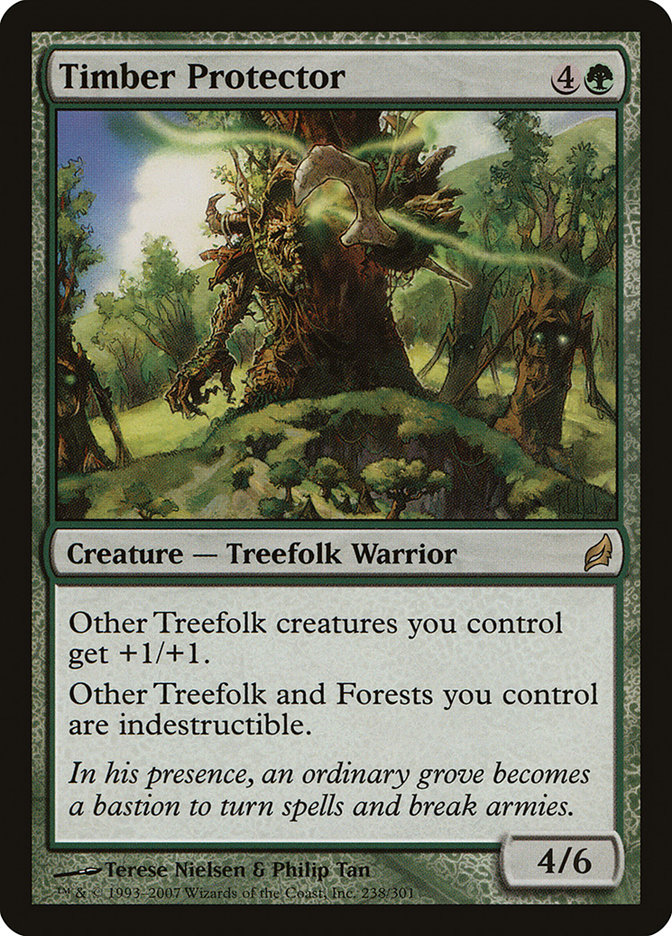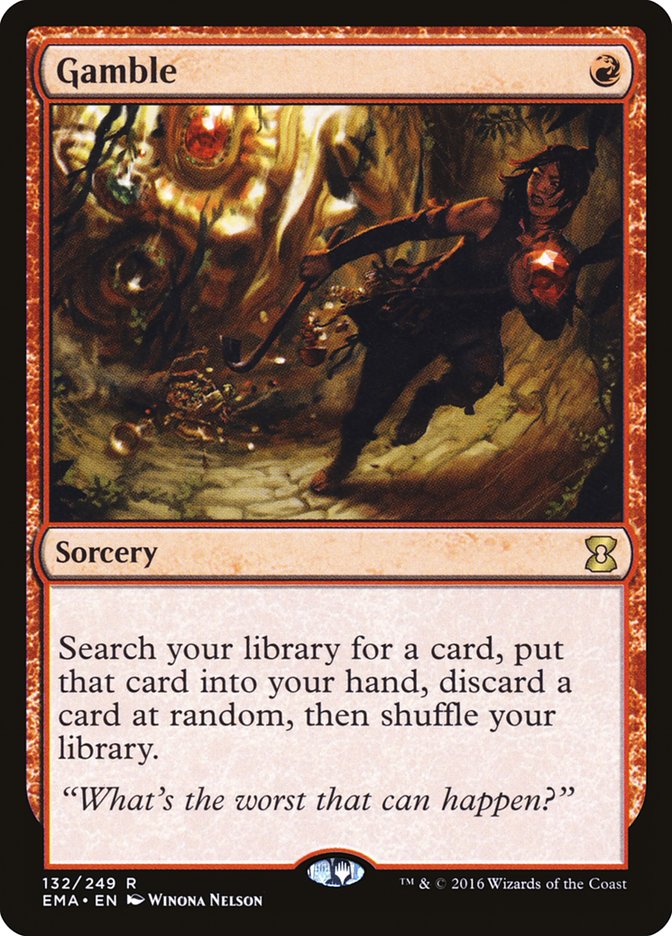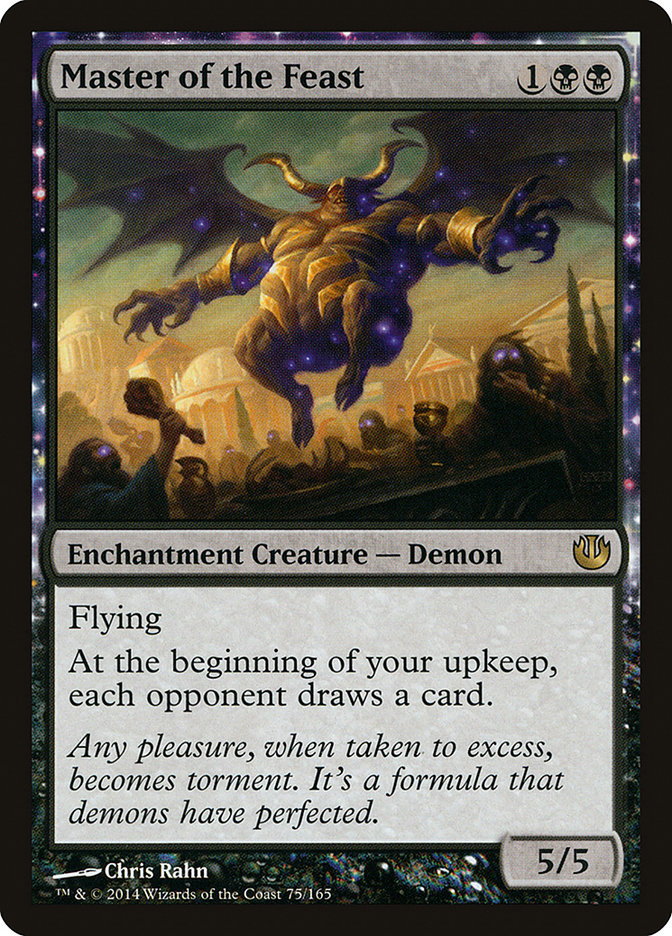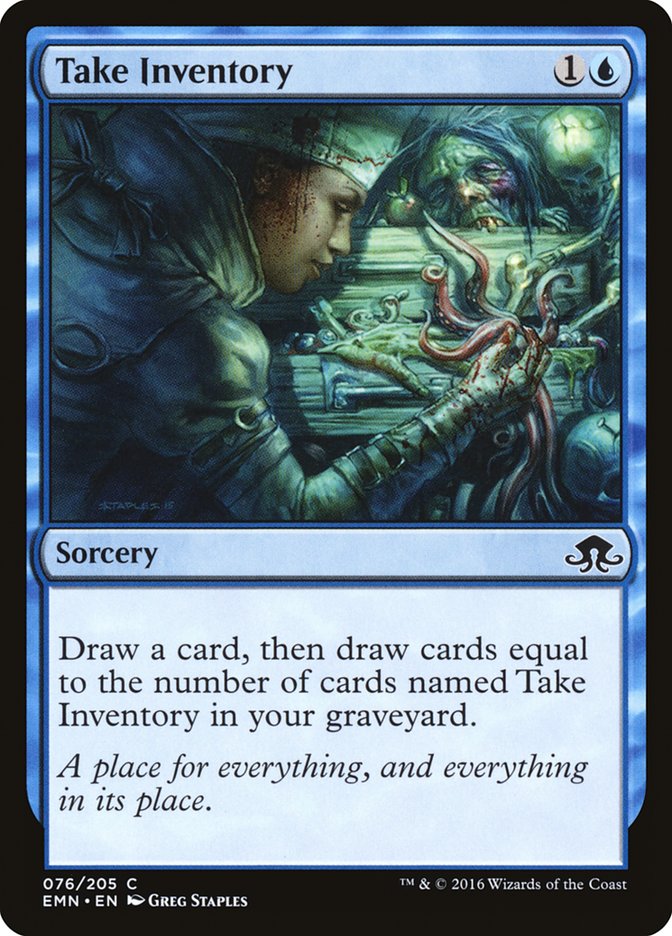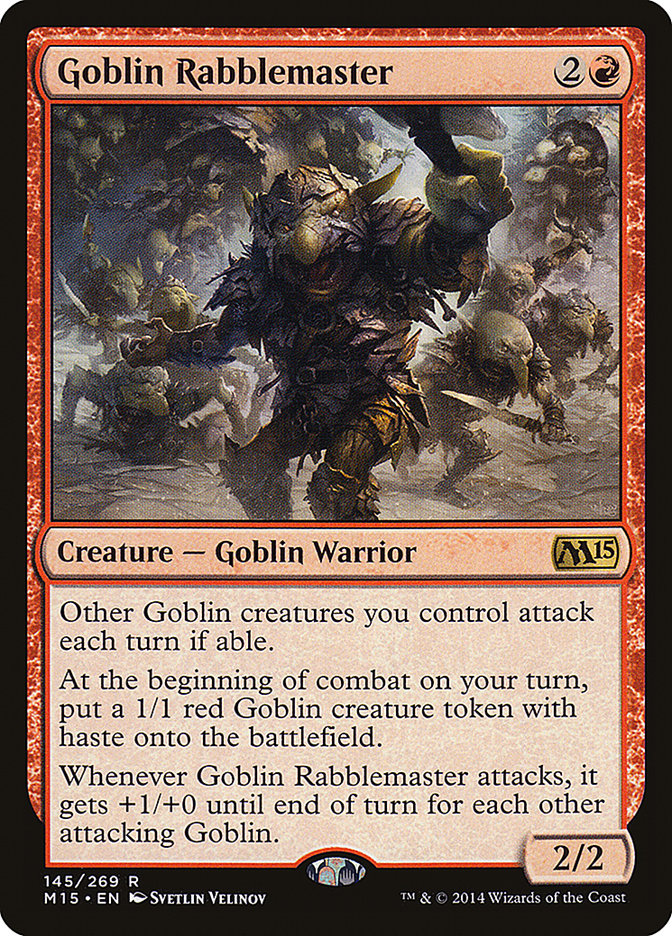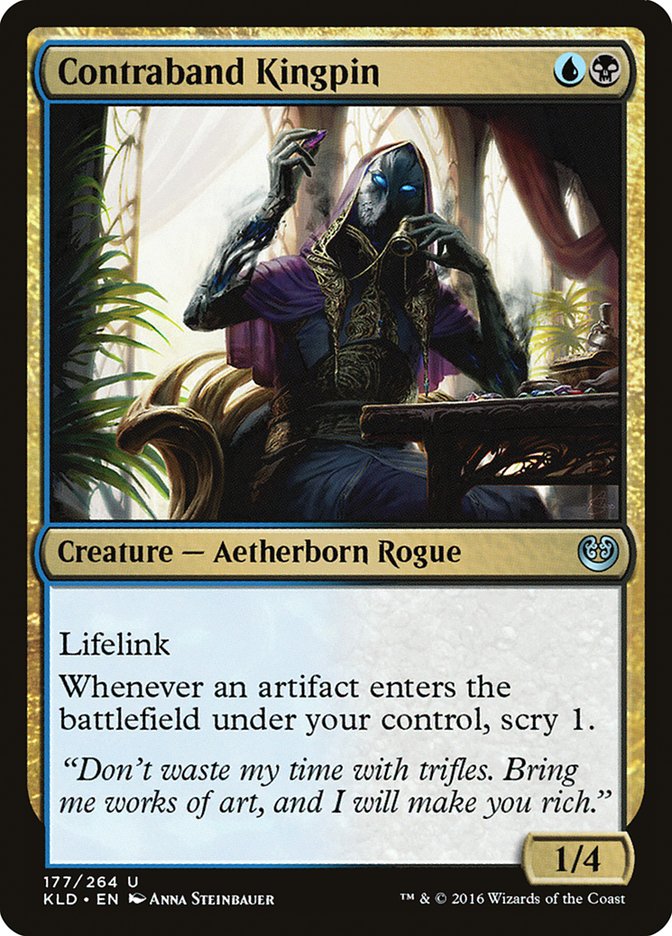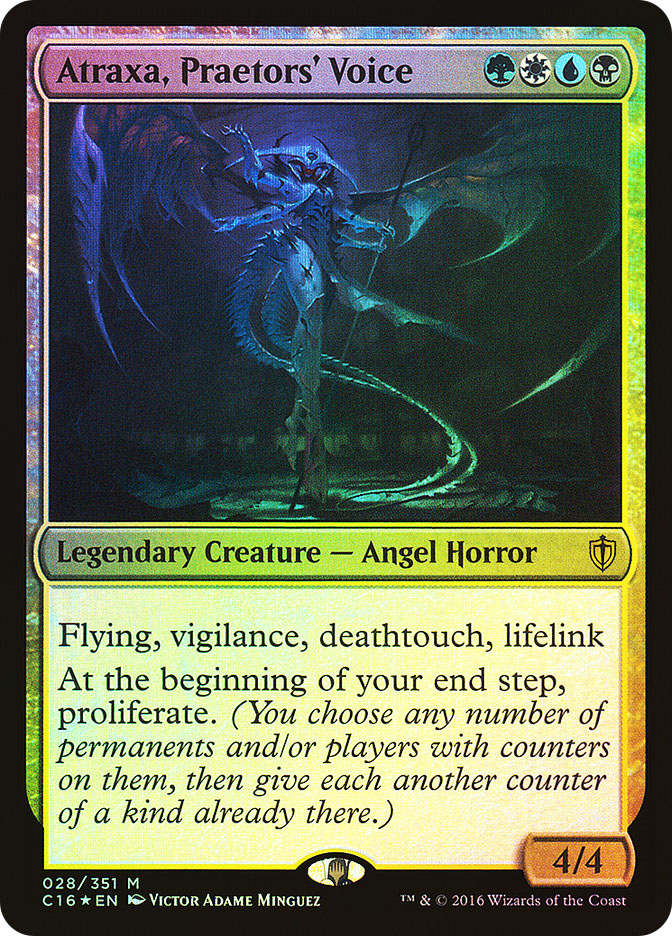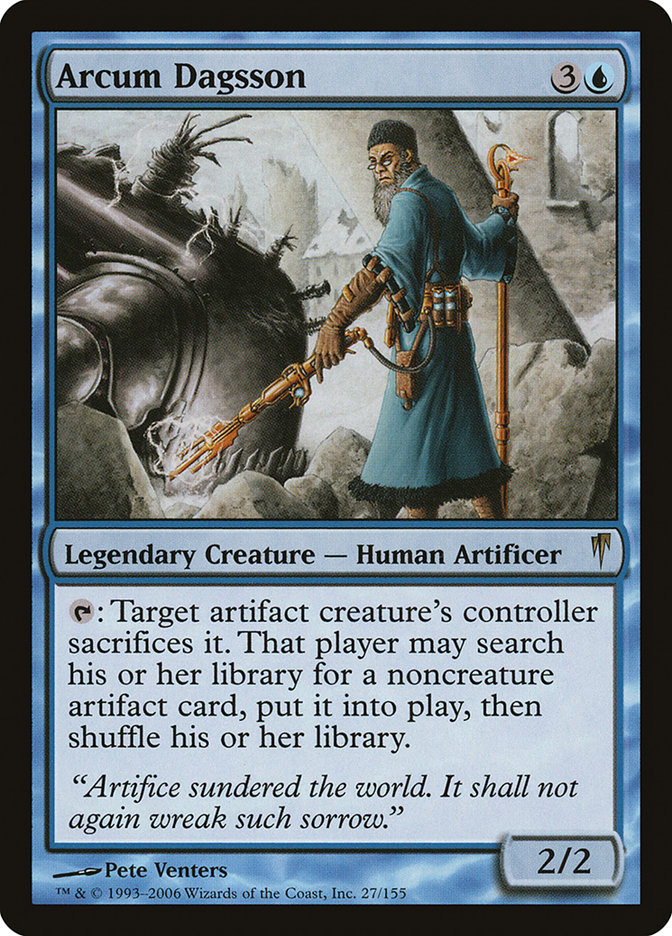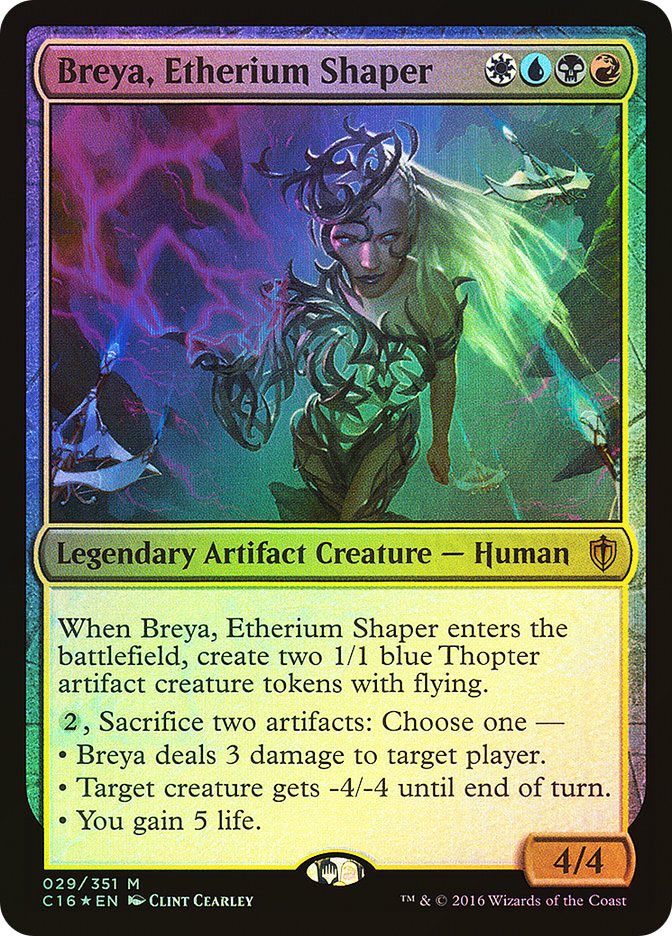Quick: how much money did you spend on Magic this year?
If you’re anything like me, you probably have no way of finding this out without getting out the ol’ receipt book and firing up Excel. Let’s see…there were those bigger events I entered, a few dozen side drafts, FNM entry fees, those last-minute singles I bought, a couple of midnight Prereleases, a set of Commander 2016 decks, a box of Eternal Masters, a bunch of pre-orders, some Pro Tour specs…wow, these things sure add up quickly, don’t they?
As always, my goal in this column is to make Magic’s financial pinch a little less painful for all of you. Often, that advice comes in the form of buying low and selling (or trading) high in order to get the most bang for your buck. This week, however, we’ll be talking about a slightly different approach to Magic finance: the art of money management and budget balancing. After all, eliminating needless expenditures and being smarter with your cash can be just as effective as buying a card for $2 and selling it for $5. Got your eye on that pricy Modern deck and don’t quite know how to make it happen? Maybe I can help.
The Latte Dilemma
If you read any column that uses the phrases “personal finance” and “frugal,” it won’t be long before you find a piece of advice that reads something like, “Stop buying your coffee at Starbucks – if you spend $4 a day on lattes, you’ll have thrown $1,460 down the drain this year!”
I am of two minds about this advice. On the one hand, it is useful to remember that small, seemingly insignificant expenses can add up. And yeah, if you buy a latte every single day out of habit and it prevents you from being able to afford something you really need, it might be time to re-think your priorities.
On the other hand, this line of thought is often used to shame lower-class people for enjoying the simple comforts of middle-class life. Very few people buy a latte every day, but those who do are often working long hours and don’t have time to make coffee. Other people buy a latte every week or two, often when they’re in the middle of a really hectic day. And there is quite a lot of value in that, let me tell you.
As in all things, the trick is in healthy moderation. There are a lot of latte-like expenses in Magic—sleeves, dice, playmats, impulse packs, your fourth side draft of the day—and it is important to think critically about these expenses without dismissing them entirely.
Let’s start with a narrow look some have about side events. From a financial perspective, they’re “a bad idea” unless you’re a very good player already. Most people I know who make the jump from FNM star to Grand Prix or SCG Tour hopeful realize pretty quickly on that there is a very steep learning curve to these single-elimination sideshows. Better to just hang out and sling some spells with your friends, right?
Not always. It’s important to acknowledge that attending these events at all requires some financial outlay. You’ve taken a weekend out of your life, paid for a plane ticket or a tank of gas, shelled out for a hotel room with a friend or four, and purchased more than one of those convention center hamburgers. At that point, isn’t it worth spending another $10 or $15 for another shot at playing against fairly high-level competition? After all, isn’t that why you’re there?
That being said, I’ll never understand why some players buy new packs of poor-quality sleeves at every single event they attend.
It always costs more than you think, and just enough of them will go missing before the next event that you’ll have to buy two more packs. It’s far more frugal (in the truest sense of the word) to buy a dozen or so packs of a sleeve you really love and bring a couple hundred of them with you whenever you travel. I like the KMC Hyper Matte series myself.
Impulse boosters are perhaps the ultimate latte question. After all, they cost just about as much as a sweet drink from everybody’s third-favorite coffee shop. Are they worth it? From a purely financial perspective, almost certainly not—even if you just wanted to crack packs, getting them a box at a time would be far cheaper. But for some people, those impulse packs are like a latte—it’s a way to make your Target run or 0-2 drop at FNM into a fun, bearable experience.
Again, I think it’s important to take a look at your booster-buying habits and just make sure that you’re getting your money’s worth from both a financial and an emotional perspective. If you’re always picking up random boosters but you’re consistently bitter about not being able to afford a Modern deck, think it over.
One place where I think we can all improve our discipline is during preview season. There is nothing wrong with pre-ordering cards in general, and it can occasionally be a great decision—Smuggler’s Copter started at just $2, remember.
If you had this one, you win.
But I think people get a little too cute about what they buy. I’m always tempted by cards that ooze potential (even though I know I’m never actually going to use them) and I tend to ignore the safe, boring cards that I know I’ll have to actually pick up at some point if I want to keep playing my favorite deck. Speculation is fine, but you shouldn’t let it stand in the way of actually playing the game we all love so much. If you are constantly pre-ordering cards but never seem to have what you actually need from the latest set, this habit is worth re-evaluating.
Embracing the Numbers
I love to eat Chinese food. And not the healthy, authentic stuff—I’m talking about greasy, deep-fried, Americanized $6.99 lunch special Chinese food. The problem is that greasy Chinese food is terrible for my waist line. If my typical dinner is 700-800 calories, eating Chinese food might be the caloric equivalent of eating two meals at once. So I rarely eat Chinese food, and I often feel guilty when I do.
For many years, I ate a sandwich and a bag of chips every day for lunch. It wasn’t that I particularly enjoyed either sandwiches or chips; it was just what I did. The sandwiches were 400-500 calories, and the chips cost me another 150-180. The chips didn’t really add much enjoyment to my day, but my lunch felt a tad unsatisfactory without them, so I kept at it.
What I didn’t realize until much later was that cutting the chips out of my lunch every day would have allowed me to have a guilt-free Chinese dinner once a week. And this type of thinking goes both ways, too—if you’re giving up a daily treat that helps you get through the afternoon but have a greasy diner meal with friends every Friday that you never really enjoy, go light once a week and throw that bag of chips into your lunch bag every morning.
Magic budgeting works the same way. I know people who are constantly lamenting that getting into Modern is impossible, yet they draft three times a week and crack a box or two of every new set. I also know people who have multiple top-tier Modern and Standard decks put together but can never seem to afford a draft. I’m not saying that spending your money one way or the other is better, just that you should know where your money is going so that you can make sure it matches your goals and desires.
The problem is that most people are very bad at innately knowing where their money is actually going, so this kind of self-inventory isn’t possible unless you actually do the math. For those of you who aren’t completely put off by this concept, here is what I propose:
1) First, come up with a rough idea of where you think your Magic money should be going. For example, if you’re a Standard player trying to get into Modern, your ideal breakdown might be something like “10% Limited, 50% Standard, 40% Modern.” If you only play Draft and Commander, it might look more like “75% Limited, 25% Commander.” There are no wrong answers here – it all depends on how you like to play Magic.
2) Keep track of every dollar you spend on Magic over the next six months. You don’t need to note exactly what you spent that money on if you don’t want to, but make sure you note the broad category where it went.
3) When you’re done, use a spreadsheet program to break down your spending. How closely did it match your expectations? If there are some major discrepancies, it’s time to adjust your “diet.”
The trick here is to watch out for expenses that neither bring you significant happiness nor get you any closer to your long-term goals. If 25% of your budget goes to Commander cards or Legacy staples but you don’t play either format, something is wrong. Conversely, if you’re frustrated with how little progress you’re making towards your Modern deck but only 5% of your budget is going in that direction, maybe it’s time to open the purse a bit more. Just be careful of getting too strict—if you love going to Prereleases, don’t completely slash your Limited budget just because you’re trying to save up for Modern Infect.
This activity will also give you a sense of what your overall monthly Magic budget looks like compared to your salary and other earnings. And while it’s possible that you might realize that you’re spending way too much money on our card game, it’s also possible that you’ll realize that you’re spending too much time worrying about small fluctuations in card values as a holdover from when you were younger and money was a bigger problem.
I know that income inequality is kind of a taboo subject, but the fact of the matter is that somebody with a six-figure salary and no family to support should be approaching this stuff differently than a struggling student or a low wage worker. It’s similar to how some of you wearily nodded along to my calorie analogy while the rest of you can shrug it off and eat what you want. The important thing, as always, is to know yourself well enough to know which rules you need to follow.
Managing Your Assets
Most of my money goes to consumables and other non-recoverable services—food, rent, Internet, electric, craft beer…you know, the essentials. Magic has its share of “consumables” as well, though—most booster packs don’t return their value, even in Draft, and that playset of Goblin Rabblemasters I spent $70 on a few years back is looking pretty tired these days.
“Dude, we’re trying.”
But one of the main reasons we all feel so comfortable spending truckloads of money on Magic is that my collection is worth something. Every draft is another chance to open a Masterpiece, and every trade or spec buy is a chance to increase the marginal value of my assets. But how can we factor this into our budget? Is it worth tracking every trade? Should we keep a chart of theoretical value gained and factor that out of our expenditures?
The first thing to remember is that drafting, buying, or trading for a card does not increase the balance in your bank account. When a card you own shoots from $5 to $20 overnight, you haven’t “made money” – you’ve just increased the potential value of your collection. In theory, yes, you can sell that card for a profit, but how often do you actually do that like you planned to?
One option to consider is to keep your spec purchases separate from your regular collection. Track your money coming in and going out on a spreadsheet, and be rigorous about selling into hype. If you’re finding yourself having to strictly budget your normal Magic spending, you can use this record-keeping as a way to track exactly what your profits are. Feel bad about dropping $80 on that new set of staples? It’ll go down a lot more easily if you can point to $80 in profit from some spec buy and sell.
Even if you’re not into speculating or fastidious record-keeping, it’s still worth thinking about how best to manage your assets. I suggest going through your collection and making a note of each expensive card and where it can be used. This is similar to the spreadsheet activity I proposed above, but you can do it in a single weekend.
Once you’ve completed your inventory, take a look at how your assets currently break down. Does your collection match up with your desired play patterns? If you fancy yourself a Modern player but you own $2,000 worth of Casual staples, maybe it’s time to be more aggressive as a trader.
Your assets can only take you so far, though. It’s also worth remembering that there are some expenditures in Magic that can be paid in cash or cards while others can only be paid in cash. You can’t trade for tournament entry fees, for example, unless your store has a very generous credit or trade-in policy. Because of this, I will always look for trading options whenever possible and I am more willing than most to “lose value” if it gets me closer to finishing a deck I really want to build.
Just don’t get too carried away with this—there are only so many opportunities to play a given deck before it rotates or slips from relevance, so the smart move sometimes is to just finish buying the cards you need ASAP and maximize your ability to use them as much as possible.
This Week’s Trends
We got our first taste of Aether Revolt last week, and the most exciting card spoiled so far is Yahenni’s Expertise. It’s a sorcery for 2BB that gives all creatures -3/-3 until end of turn and allows you to cast a card with converted mana cost three or less from your hand without paying its mana cost.
While I have no doubt that Yahenni’s Expertise will impact Standard—Kalitas, Traitor of Ghet loves this card, while Vehicles hates it—the more exciting implications are in Modern. You can cast any of the zero-CMC suspend cards for free off this, potentially enabling cards like Ancestral Vision and Restore Balance. You can also cast the more expensive half of a split card like Boom // Bust or Beck // Call if you’d like. While none of these cards has spiked yet, these sorts of hypothetical interactions have caused massive buyouts in the past. If you’re a believer in Yahenni’s Expertise or you like to spec on things like this, now is the time to buy.
Atraxa, Praetors’ Voice has proven to be the breakout commander from the 2016 batch, and both Doubling Season and Contagion Engine have gained a ton of value as casual players look to buff up their decks. Contagion Engine is the biggest surprise—it’s up to $5 with only a few copies left on SCG at the time of this writing, and the market seems to be pushing it even higher. Fish these out of your bulk.
Arcum Dagsson also gained a ton of value last week, likely because of how good it is in Commander decks featuring Breya, Etherium Shaper. Since Arcum is from the wildly under-printed Coldsnap, it won’t take a lot for the new price to stick. I doubt Arcum will be dropping in price anytime soon, so there’s no need to sell these into the current hype unless you need the cash.
Last, it’s worth noting that Frontier is getting a little more traction Stateside. MTG Goldfish has started tracking the format’s top decks, which legitimizes it a little more. I’m still a tad skeptical that Frontier will be the next big thing in Magic, but the buy-in is so low that you might as will pick a favorite deck and get all the pieces just in case. Most of Frontier’s staples are never going to be any cheaper than they are right now, so it’s a low-risk, high-reward proposition.
Comments from Last Week
Do you think Infernal Tutor will be reprinted in Modern Masters 2017? It’s getting expensive.
– Ryan Stien
It’s certainly possible, Ryan, but Infernal Tutor is much more important in Legacy than it is in Modern. Some Lantern Control decks run a copy, but it’s just not a card that most Modern or Casual mages are after right now. There’s still a decent shot we see it this year, since it would be an exciting pull value-wise, but I bet it’ll show up in the next Eternal Masters set instead.
Could Snapcaster Mage get an upgrade to mythic rare like Vendilion Clique did? I could see it taking over that “relevant blue mythic” slot.
– Nathan Jones
I could certainly see this happening, Nathan, and it would make sense from a sustainability perspective – Snapcaster Mage could likely be reprinted at mythic in every Modern Masters set for the next decade without ceasing to be an exciting pull.
I’m hesitant to predict this outcome, though, because there really isn’t any precedent for a card printed so recently to get that sort of upgrade. Vendilion Clique was printed in the pre-mythic era, so retconning its rarity makes more sense. Mythics had already existed for years by the time Innistrad was released, so it would basically just be a concession to the fact that they want to keep the card at a higher level of scarcity for financial reasons. It wouldn’t shock me at all if this happens, but I don’t think it’s the most likely outcome.
Why would they put fetchlands or shocklands in Modern Masters? Won’t WotC use those cards to help sell their normal blocks?
– Chris Dearing
This argument is dear to my heart, Chris, because I made it myself for years. I pushed back strongly on everyone who said that the Zendikar fetchlands would show up in Modern Masters 2015, and I was right.
So why have I changed my mind? Three things. First, this Sam Stoddard article seems to indicate that Wizards of the Coast is shifting away from printing incredibly powerful Modern staples in Standard. Second, from everything WotC said about last year’s Standard, it really seemed like they felt it was a mistake to have fetchlands in Standard from both a power level perspective and a shuffling time perspective. Third, WotC has been more aggressive with their reprints lately and the Zendikar fetchlands would help sell Modern Masters 2017 like no other cards could.
Is it a sure thing that they’ll be included? Of course not—it would be a break from the pattern established in both of the previous Modern Masters sets. But I feel like the Zendikar fetches will be reprinted in 2017, and I don’t think WotC wants them back in Standard. That leaves Modern Masters as their most likely landing spot.


